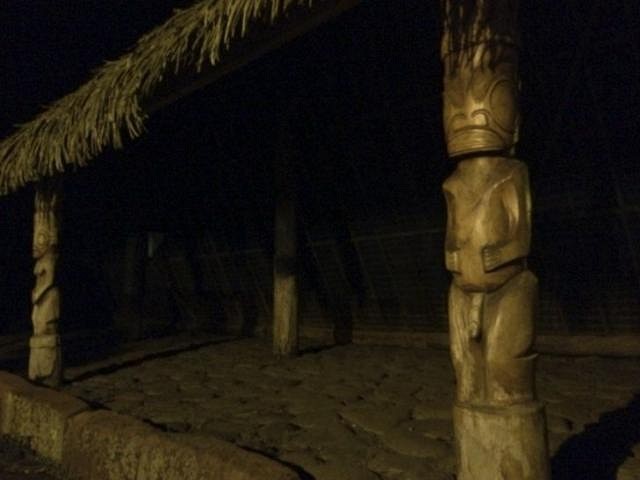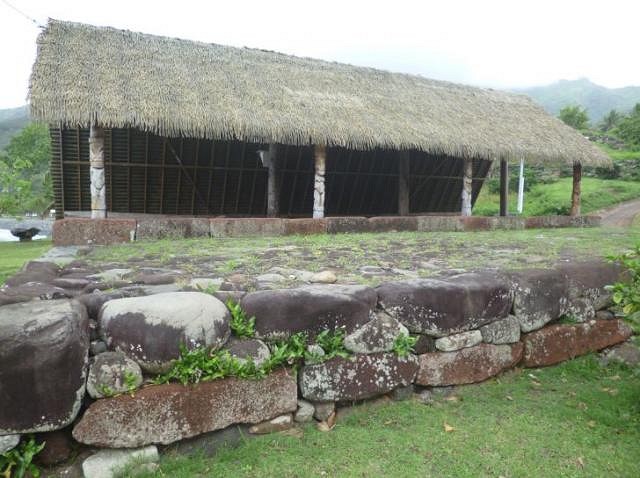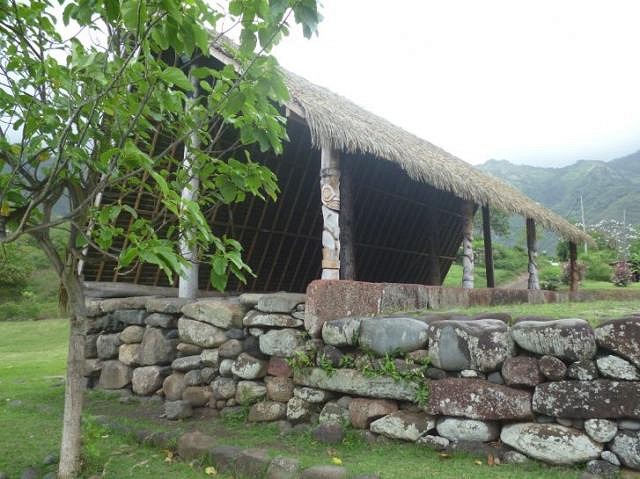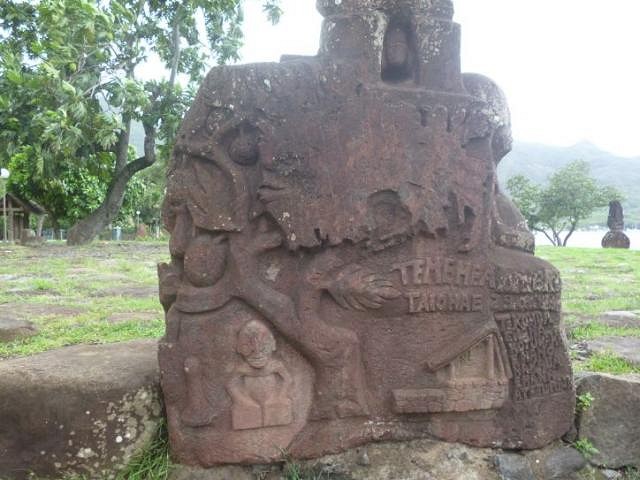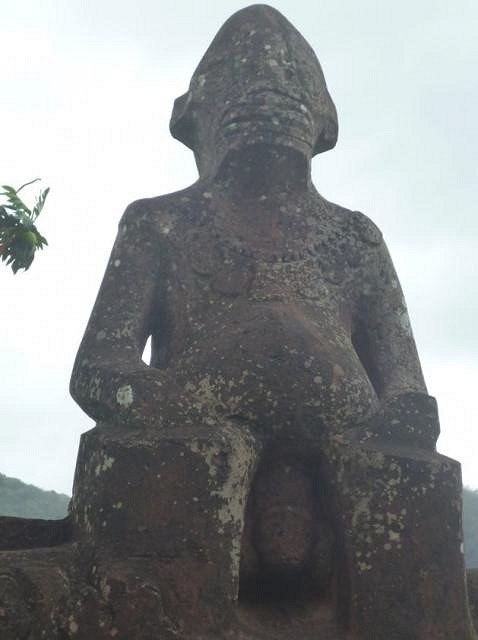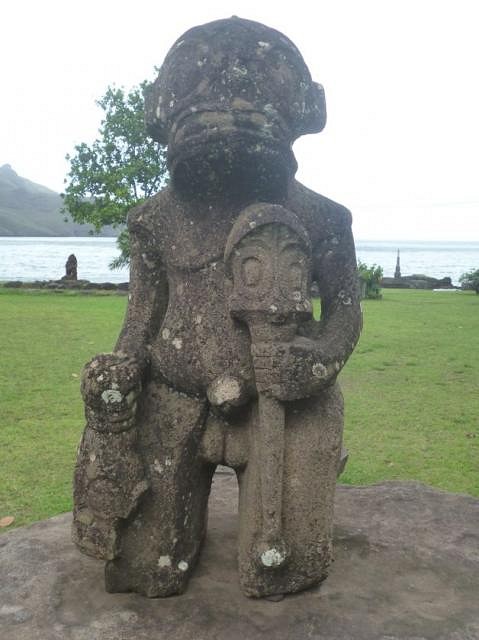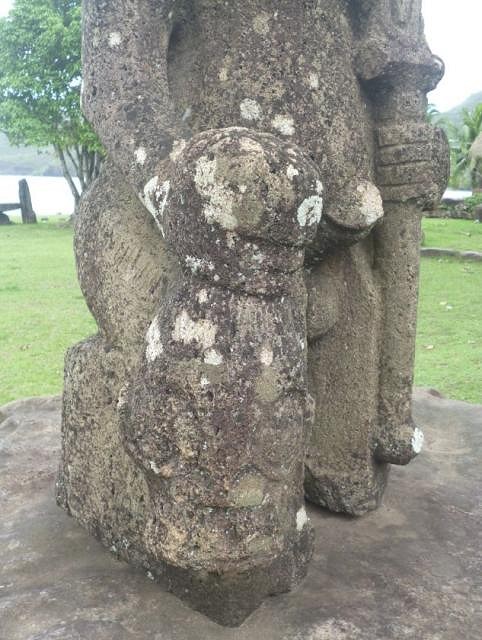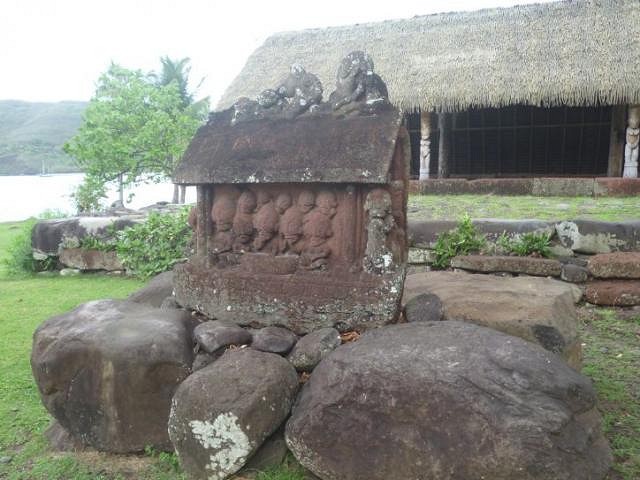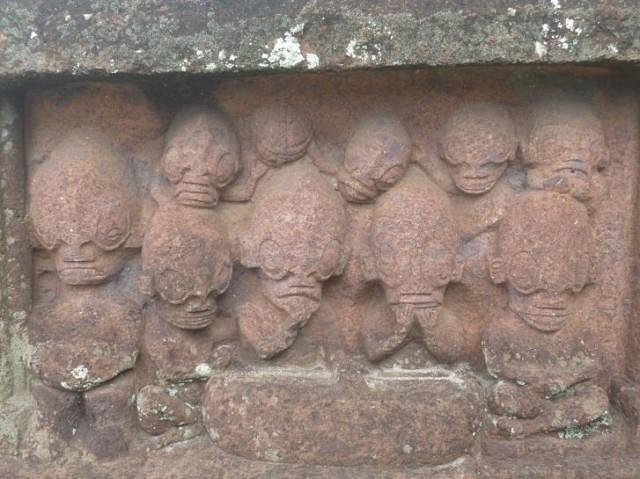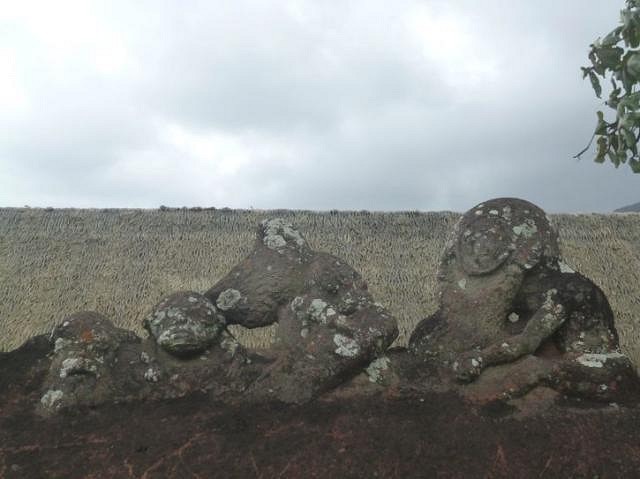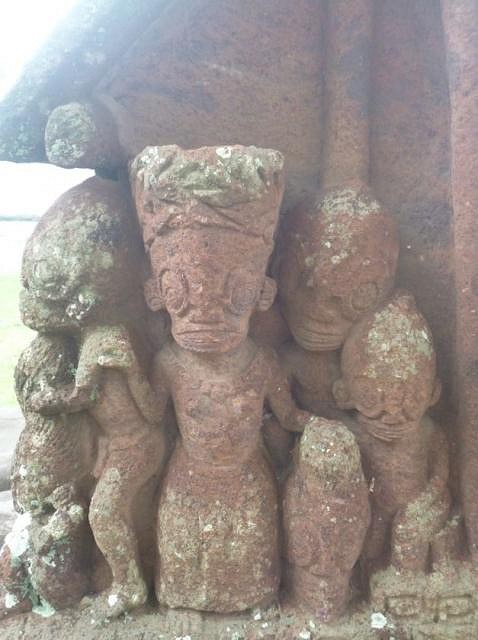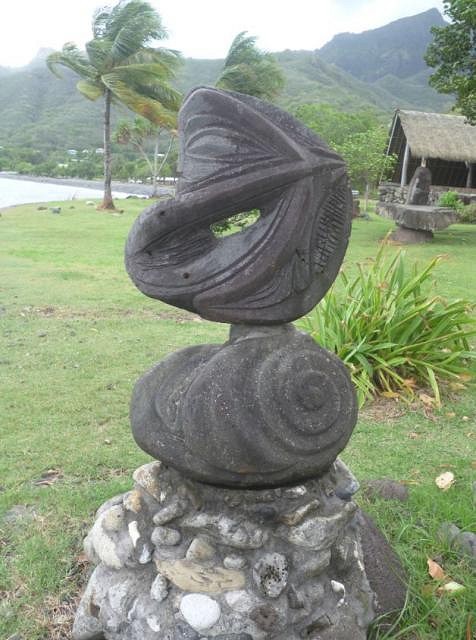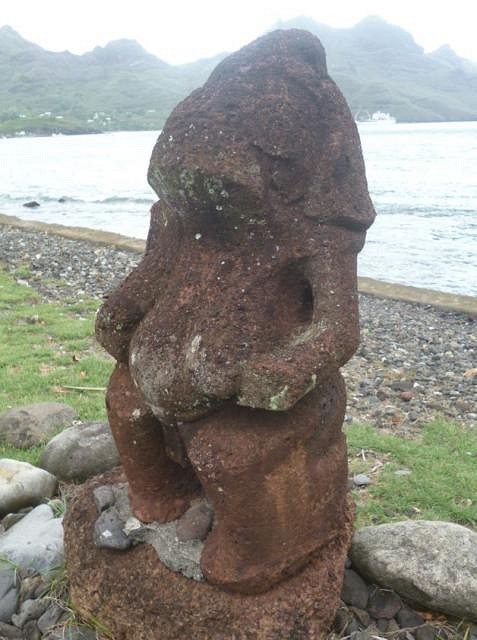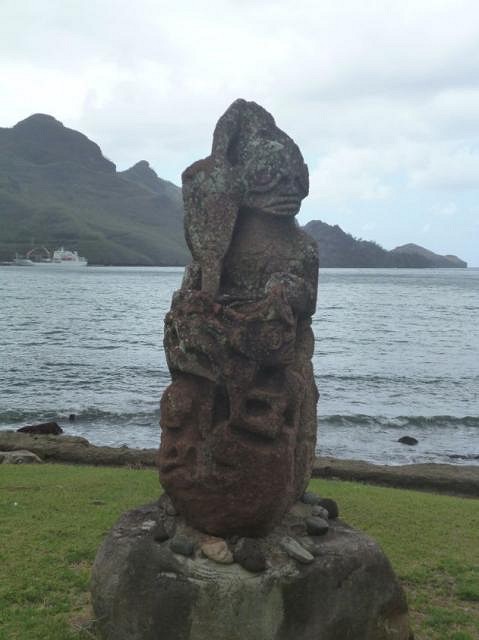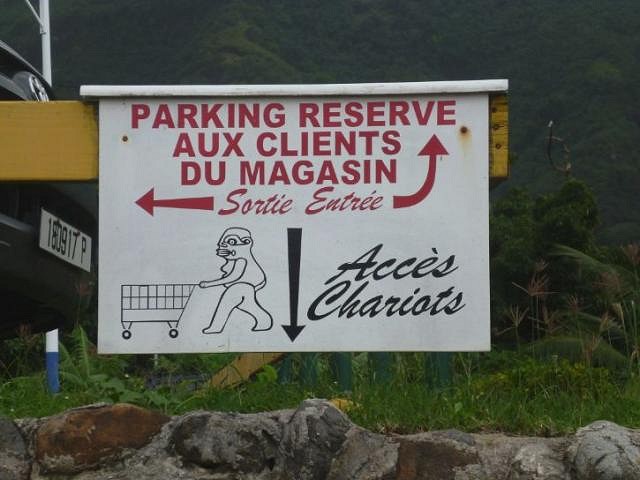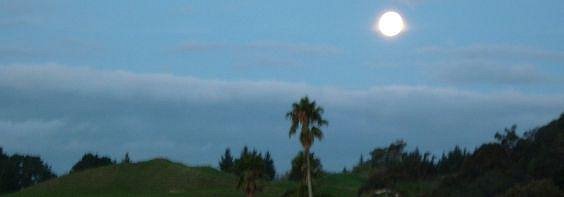Tiki Central / Tiki Travel / Club Nouméa's Tahitian Tiki Tour (fortified with added Marquesas)
Post #738128 by Club Nouméa on Tue, Feb 24, 2015 5:58 AM
|
CN
Club Nouméa
Posted
posted
on
Tue, Feb 24, 2015 5:58 AM
Taiohae - A Tiki Tour: Part 2
The best time to visit the Temehea site is at night, preferably a cloudless one, with the stars and the moon providing natural lighting, and the rhythmic sound of the waves crashing on the adjacent breakwater providing the sole reminder of the passage of time. This me'ae (Marquesan for marae or meeting place) is where the Nuku-Hivans had their first contacts with Europeans in the late 18th century. These included William Crook from the London Missionary Society, the first missionary to land on the island in 1797. E. Roberts, the first beachcomber to arrive on the island, was also formally accepted by the local chief there as part of the traditional haaikoa or name-exchanging ceremony. Unlike the good Reverend Crook, Roberts was also awarded the chief's sister as a sign of friendship. And in 1804, the Russian captain Von Krusenstern landed here as part of his trans-Pacific explorations. In an incident reminiscent of the HMS Bounty, his crew mutinied during that visit. During the War of 1812, Captain David Porter of the US Navy and a small flotilla called in here to claim Nuku Hiva for the United States in 1813. A brief and bloody colonial war broke out in response to this first American land grab in the South Pacific which ultimately proved fruitless as Congress refused to ratify the seizure and Porter was subsequently defeated by the Royal Navy in the battle of Valparaiso in 1814. The site survived these various events, only to fall derelict from 1901 onwards. In 1989, for the 2nd Marquesan Festival of the Arts, it was decided to renovate the site. Two master sculptors, Uki Haiti and Kahee Taupotini, carved most of the new sculptures visible, reflecting various aspects of Marquesan life.
The paepae is an open-sided structure that was common in pre-European times both for homes and for platforms where chiefs sat with their councils. The one at Temehea was completely rebuilt and extended from the late 1980s. In a central location is a large plinth marking the rebirth of the site:
And standing atop it is this well-endowed traditional-looking fellow:
Although some busy-body christian has emasculated this poor headhunter tiki:
A detailed shot of the severed head he is carrying:
In front of the chief's paepae is the local tikis' very own miniature paepae:
It provides a wonderful set of caricatures of tikis at a tribal gathering, giving play to their varying emotions as they sit and watch the proceedings:
In the front row, the tiki on the end is just sitting stony-faced, while the others' body language is saying things like "He said what?!?" "Oh my God!" "Nope, I ain't impressed with that..." This is the level of carving caricature and social commentary that you would more expect to see on the walls of a European Medieval church.
Then there are these figures looning around on the roof for light relief - one of them seems to be a horse...
And around the side are the women and children, wondering just what the outcome of this meeting is going to be. Not all of the sculptures are local. This one is from Easter Island, and celebrates the links between Easter Island and the ancestral homeland of its people; the Marquesas.
This carving, on the other hand, cocks a snoot at Tahiti:
In the 1980s, the Tahitians succeeded in getting up the Marquesans' noses on various occasions, particularly when Tahitian elected representatives in the Territorial Assembly attempted to make Tahitian the official language, to be taught in all schools across French Polynsesia. In 1983 (as I recall), a Marquesan Territorial Councillor stood up and delivered a fiery speech basically telling the Tahitians what he thought of them for being so presumptuous as to assume Marquesans would abandon their own language to speak Tahitian. It was the starting point for the cultural renaissance that resulted in this site being restored. So here is Uki Haiti's masterful caricature of a pot-bellied, pompous Tahitian, strutting in a wig and pretending to be Marianne (the symbol of the French Republic and Jacobin centralisation). This sculpture provides a contrast, showing the united nature of Marquesan tikidom, working as a community:
That wraps up the brief tour of the site; excuse me while I pop off to the nearby corner superette for a quick refrigerated drink...
... before we proceed on to the local museum, and Nuku Hiva's only tiki cocktail bar and restaurant.
[ Edited by: Club Nouméa 2015-02-24 06:14 ] |

